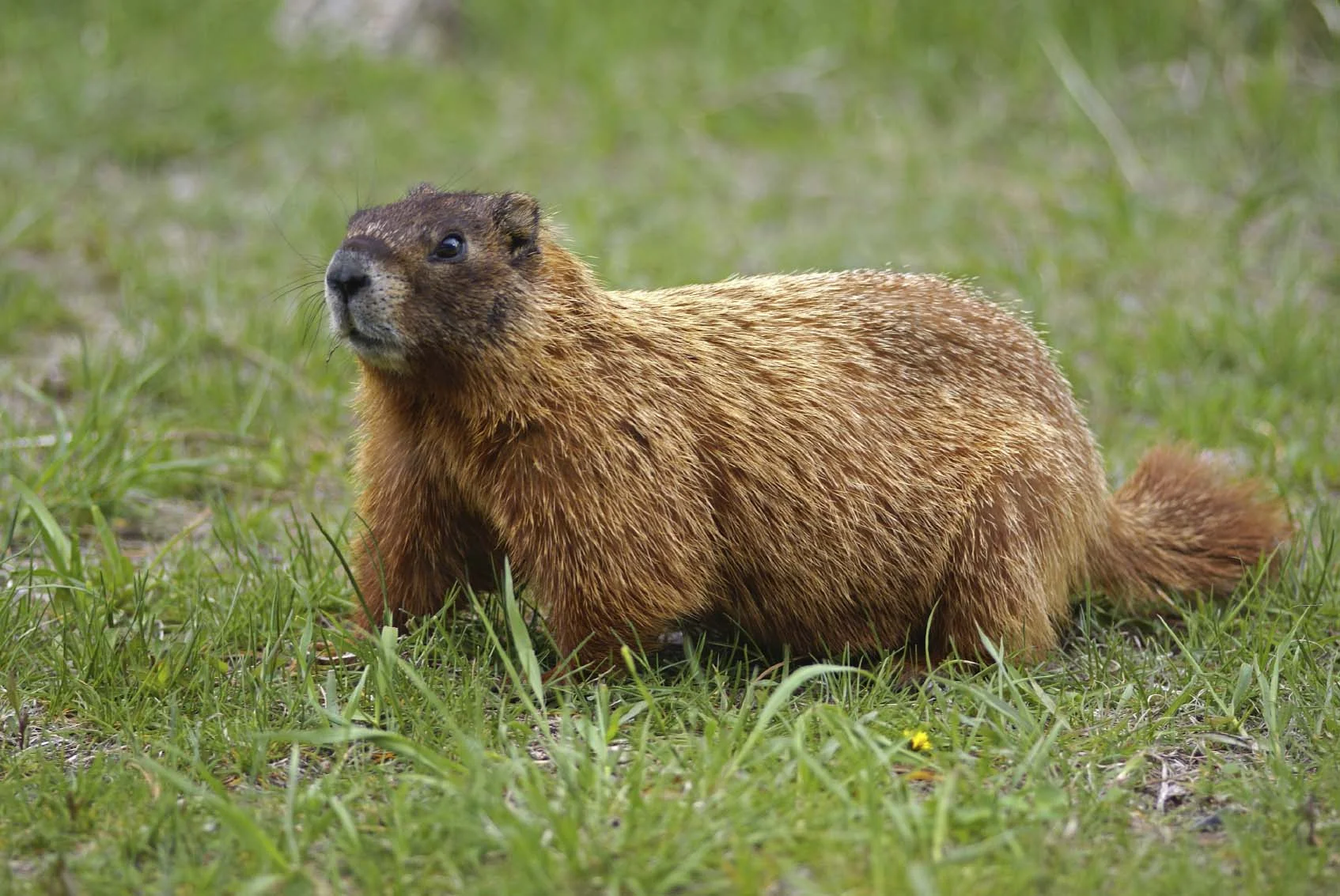Local Flora and Fauna
Fishing
Anglers will find a lot of fishing action out on the water of all three lakes in any season. These lakes are most noted for their consistent pan fish production, largemouth bass action, the occasional whopper, and can generally provide a fun filled outing that equals any of the big fisheries in the area. The lakes have been tested for toxic levels of mercury, but no consumption advisories have been issued. Most people fish in the summer from a boat, but many folks try their luck in the winter too. Fish houses appear on the ice soon after freeze up, and folks scurry from hole to hole checking for bites. One has to be careful while walking out on the ice not to step into any unattended fishing holes. In the warmer months, fishermen are usually the first ones out on the water in the morning staking their hot spots, and the last ones to go home at night. Although serious fishermen with their depth finders, underwater cameras and scented lures might be trying to land one just a little bit harder than the kids on the dock using bamboo poles and corn for bait, they often seem just as successful. The annual game fishing opener is the first Saturday in May. Residents and non-residents 16 and over must carry a license to fish. One of the busiest fishing weekends is the annual free fishing weekend, held the first weekend in June each year. No license is required and it’s a perfect opportunity for anybody to wet a line. On this weekend you’ll often see boats loaded to the life jacket limit with eager anglers hoping to catch their first fish. Fresh fishing bait is available at the Big Lake Store.
The most sought after fish in the lakes are:
- Walleye
- Northern Pike
- Largemouth Bass
- Perch
- Crappie
- Bluegill Sunfish
- Pumpkinseed Sunfish
- Green Sunfish













